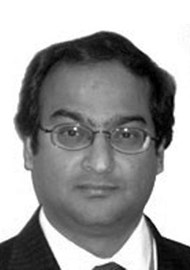There is some evidence that severe or complex midfacial or orbital fractures have declined over the last decade. Interestingly there is also evidence of an increase in road traffic accidents but a decrease in facial injuries. This is possibly attributed to better protective technologies. Midface fractures and injuries can occur in isolation or combination with other life threatening injuries. This could include soft tissue avulsions, dentoalveolar and facial injuries in various patterns. The patterns of midface skeletal injuries are synonymous with the word Le Fort, but this classification is now thought inadequate. With improved imaging and possible 3D reconstructions of the injured skeleton, our understanding of these fracture patterns has improved. An AOCMF classification is presented: levels 1 and 2 describe the localisation and level 3 the morphology (fragmentation, dislocation) to the topography of the fracture line. It is a very detailed and complex classification with the various subunits broken down to the anatomical subunits. It is likely that the Le Fort classification will continue until another simpler universally accepted classification is devised. The rest of the paper summaries examination of the facial skeleton and soft tissues. This is a good revision on how to assess and examine the facial skeleton well and will be useful for examination revision.




